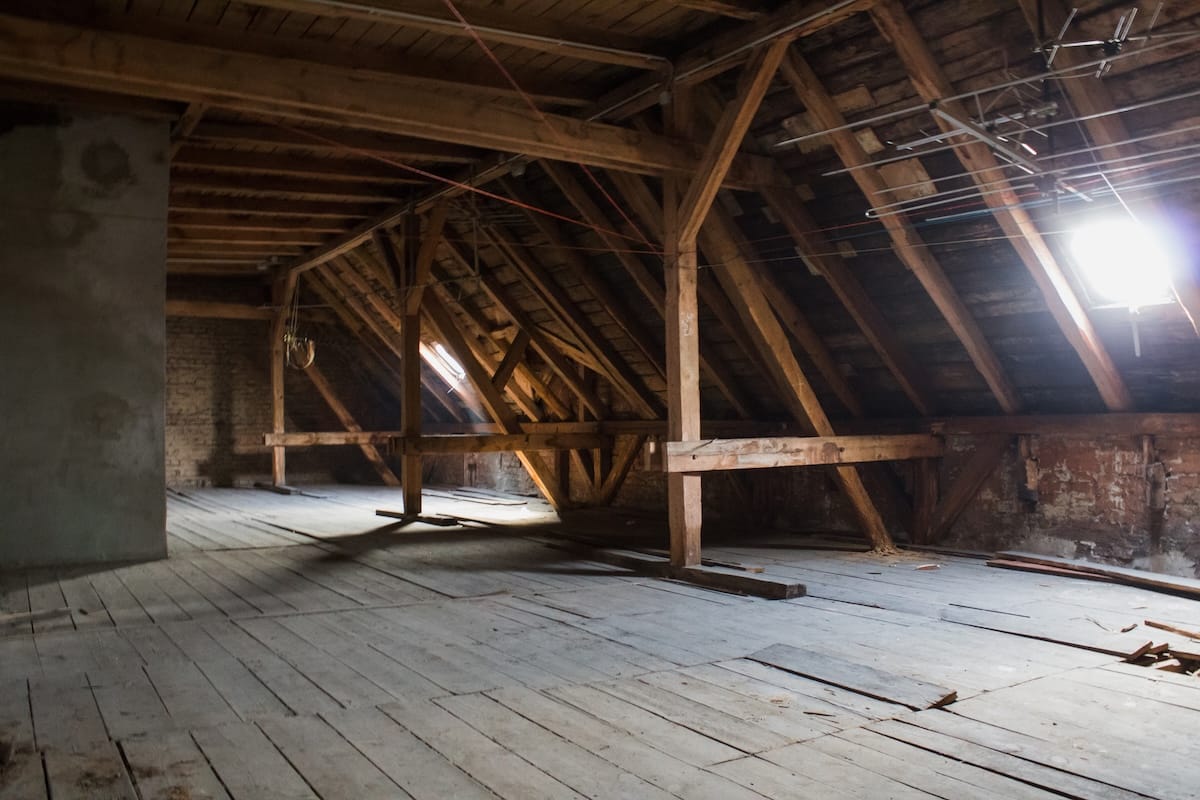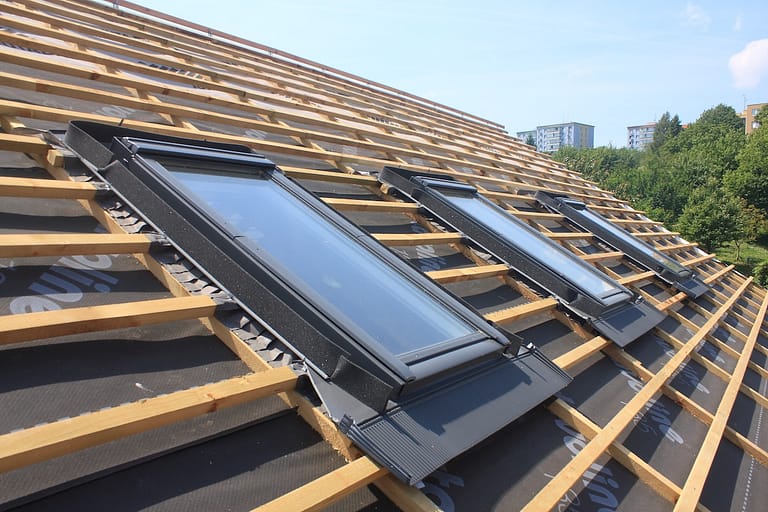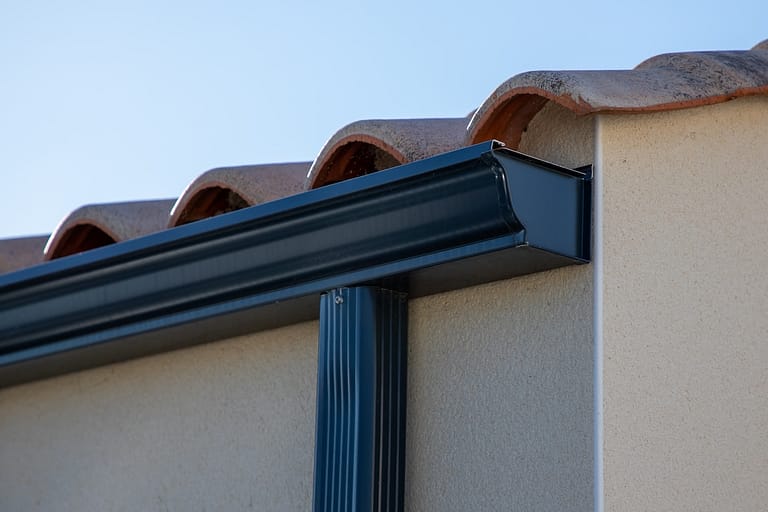Attic ventilation is one of the most important yet overlooked aspects of a healthy roofing system. Without proper airflow in your attic, your roof can suffer from issues like premature aging, moisture damage, and higher energy costs. By understanding how ventilation works and why it matters, homeowners can protect their roof and extend its lifespan.
- Energy efficiency: Ventilation helps regulate indoor temperatures and reduces strain on HVAC systems.
- Roof protection: Proper airflow prevents moisture buildup that can lead to rot, mold, and shingle damage.
- Cost savings: A well-ventilated attic can lower cooling bills and reduce the need for costly repairs.
💨 The Role of Attic Ventilation in Your Roofing System
A roof is more than just shingles. It is a system designed to keep your home protected and balanced. Attic ventilation plays a key role in this system by controlling air circulation. The goal is to allow cool, fresh air to enter the attic while pushing warm, humid air out. This balance keeps temperatures and moisture levels in check.
Without sufficient ventilation, heat and moisture can build up quickly, creating the perfect environment for problems. In summer, a poorly ventilated attic can reach over 150 degrees, which not only makes your home less comfortable but also accelerates shingle deterioration. In winter, trapped moisture can freeze, leading to ice dams and structural damage.
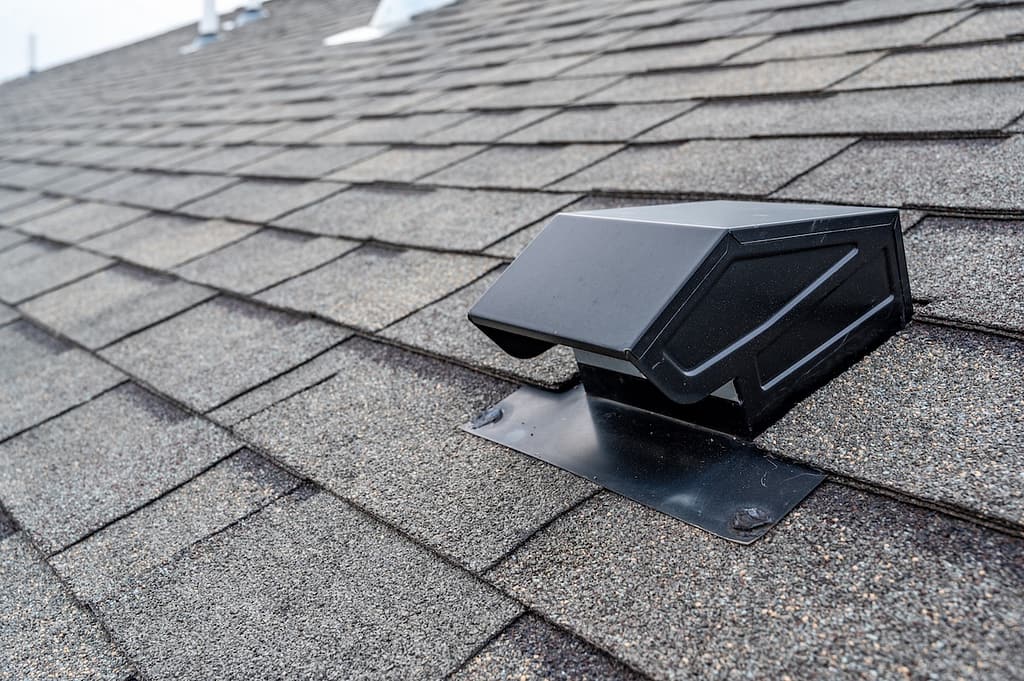
📋 How Attic Ventilation Works
Attic ventilation relies on intake and exhaust components working together to maintain airflow.
- Intake Vents: Intake vents are typically installed at the soffits or eaves of a home. They allow cooler outdoor air to flow into the attic. Without enough intake, the exhaust vents cannot function properly, and the airflow system becomes unbalanced.
- Exhaust Vents: Exhaust vents are located near the roof ridge or high points of the roof. Their purpose is to release hot, humid air that rises to the top of the attic. Ridge vents and gable vents are common types of exhaust systems that work best when paired with adequate intake.
❌ 3 Problems Caused by Poor Attic Ventilation
When airflow is restricted, homeowners may face a variety of costly and frustrating issues.
1. Roof Damage
Excessive heat buildup in the attic can bake shingles from underneath, causing them to warp, crack, or lose granules prematurely. This reduces the roof’s overall lifespan and can lead to expensive repairs or early replacement.
2. Moisture and Mold
Trapped humidity creates an environment where mold and mildew thrive. Over time, this moisture can rot wooden rafters, damage insulation, and compromise the structural integrity of your roof. Mold growth also presents a health hazard for your family.
3. Ice Dams in Winter
In colder climates, poor attic ventilation contributes to ice dams. Heat trapped in the attic melts snow on the roof, which then refreezes at the edges. This cycle can cause water to back up under shingles and leak into the home.
✅ Benefits of Proper Attic Ventilation
When done correctly, attic ventilation can improve nearly every aspect of your roofing system and your home’s comfort.
- Temperature Regulation: By moving hot air out in summer and balancing moisture in winter, ventilation helps maintain a consistent attic environment. This reduces the strain on your HVAC system and keeps indoor spaces more comfortable.
- Energy Savings: Cooling costs can drop when your attic is properly ventilated. Instead of working overtime to combat trapped heat, your air conditioner runs more efficiently, lowering monthly bills.
- Extended Roof Lifespan: Keeping both heat and moisture under control prevents premature shingle damage, structural decay, and other roofing issues. In short, attic ventilation helps your roof last as long as it should.
⚠️ Signs Your Attic Ventilation Needs Improvement
Homeowners can look for clues that indicate poor ventilation.
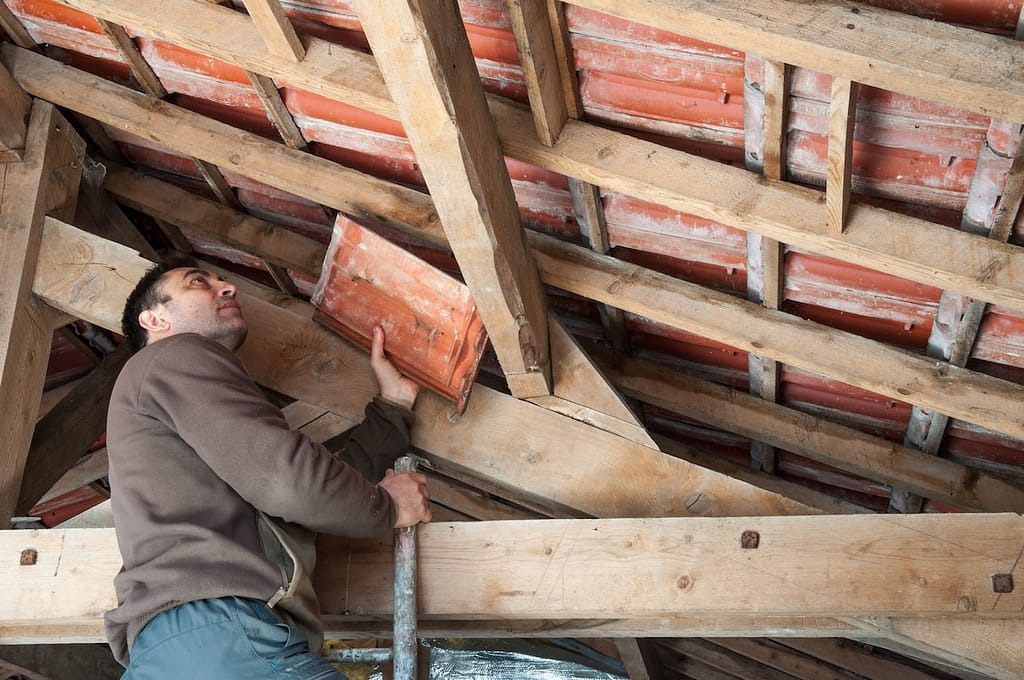
- Hot upstairs rooms: If your top floor is much warmer than the rest of the home, attic airflow may be inadequate.
- Moisture or frost buildup: Condensation inside the attic, especially in winter, is a red flag.
- Mold or mildew odors: A musty smell often points to poor air circulation.
- Premature shingle wear: If shingles appear warped, cracked, or aged before their time, ventilation could be to blame.
🏠 Improving Attic Ventilation in Your Home
If you suspect ventilation issues, a professional inspection is the best first step. A roofing contractor can recommend solutions tailored to your roof design and climate. Every home is unique, and the right strategy often depends on roof slope, attic size, and existing vent placement. By addressing ventilation proactively, you can avoid expensive roof damage and improve year-round comfort.
Adding Intake and Exhaust Vents
Many homes lack a balanced system of intake and exhaust. Installing soffit vents with ridge vents is one of the most effective ways to achieve steady airflow. Gable vents and roof louvers can also be used depending on your roof’s layout. When properly combined, these systems create continuous circulation that prevents heat and moisture from lingering in your attic.
Upgrading Insulation and Air Sealing
Ventilation works best alongside proper insulation and sealing. Blocking air leaks and adding insulation prevents conditioned air from escaping your home and balances attic temperatures more effectively. Together, insulation and ventilation create a complete system that protects your roof from both inside and out. This combination not only improves energy efficiency but also adds to your home’s overall comfort and resale value.
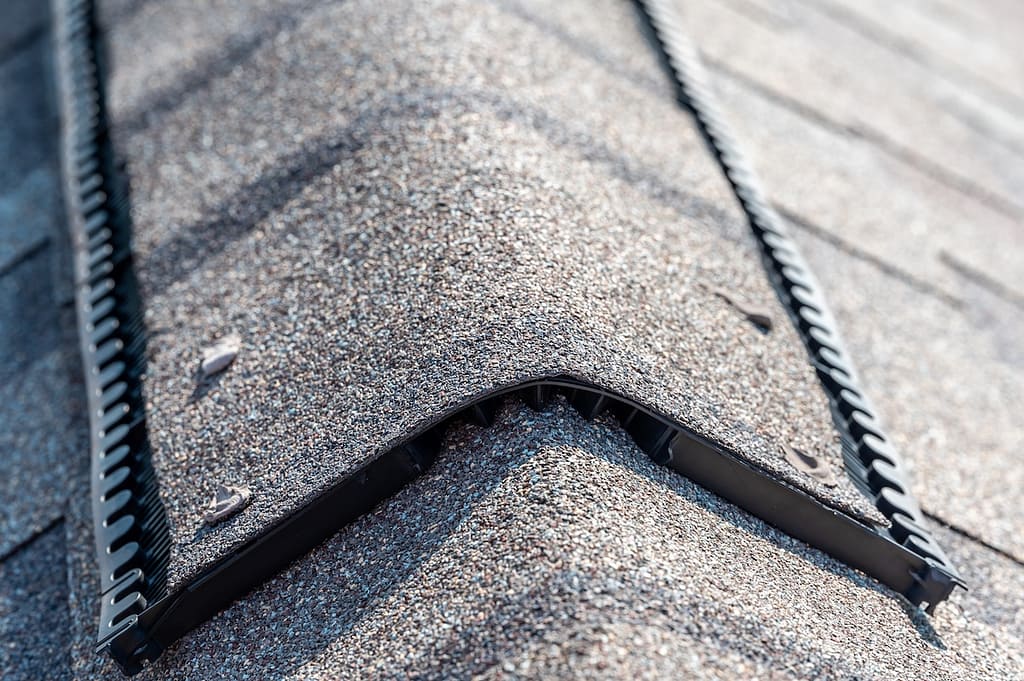
💪 Protect Your Roof With O’Donnell Roofing Co.
Proper attic ventilation is a simple but powerful way to extend the life of your roof, improve energy efficiency, and safeguard your home from costly damage. From regulating temperatures to preventing mold and ice dams, it is one of the smartest investments a homeowner can make.
At O’Donnell Roofing Co., we specialize in complete roofing systems that include expert attic ventilation solutions. Our team can inspect your attic, identify any airflow problems, and recommend the best fixes for lasting protection. Contact us today for a free inspection and estimate to keep your roof performing at its best.
